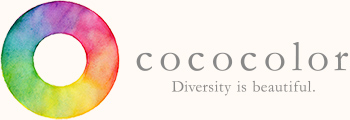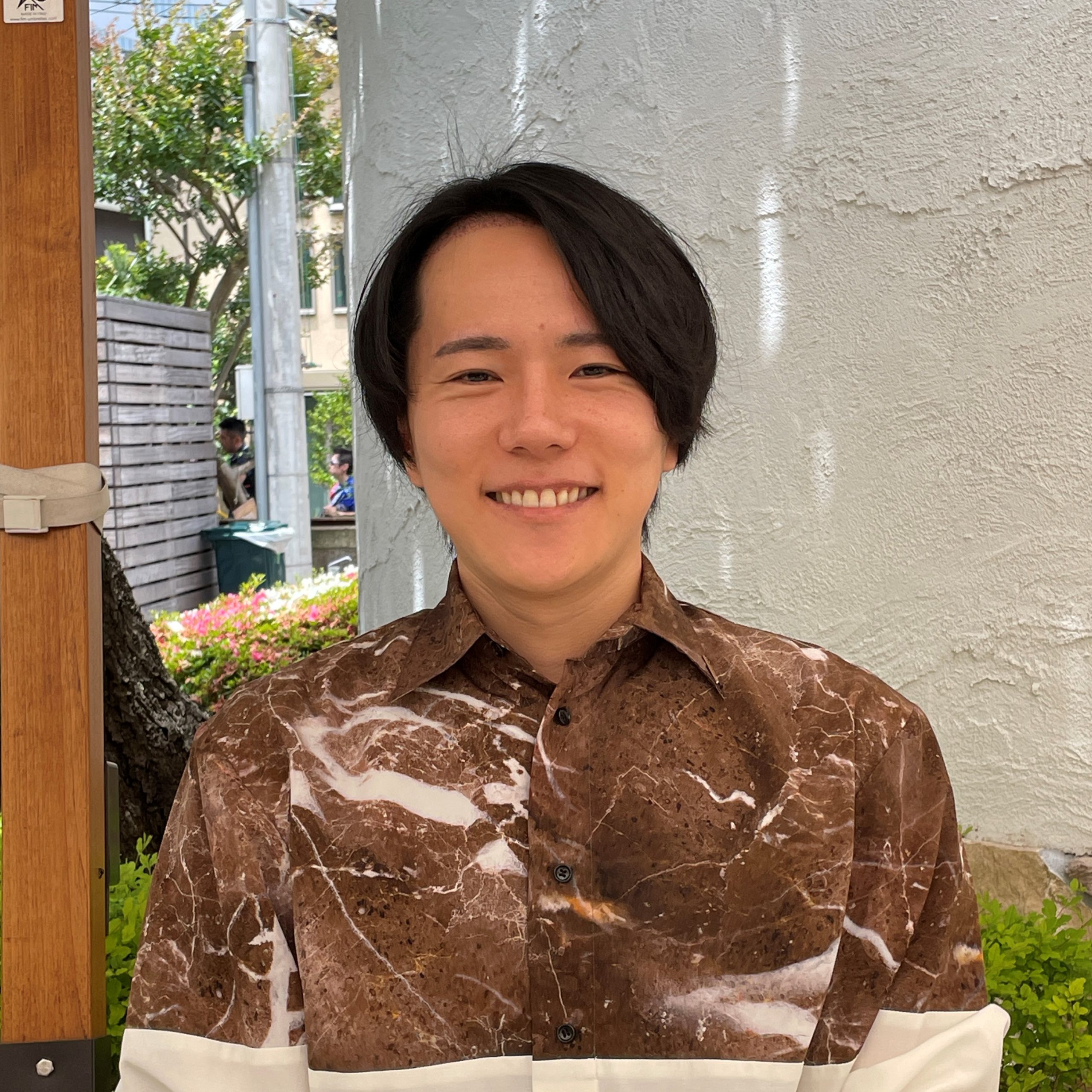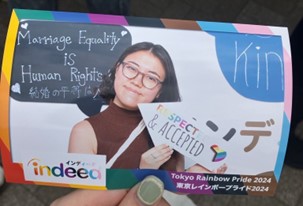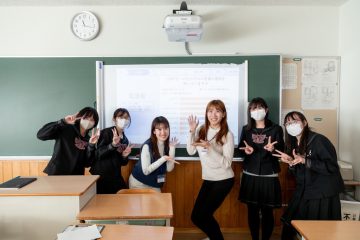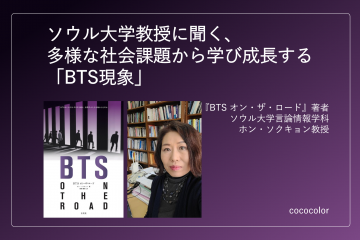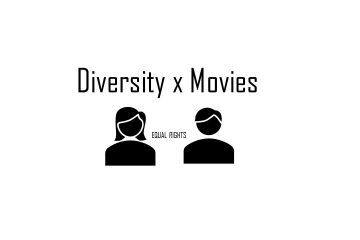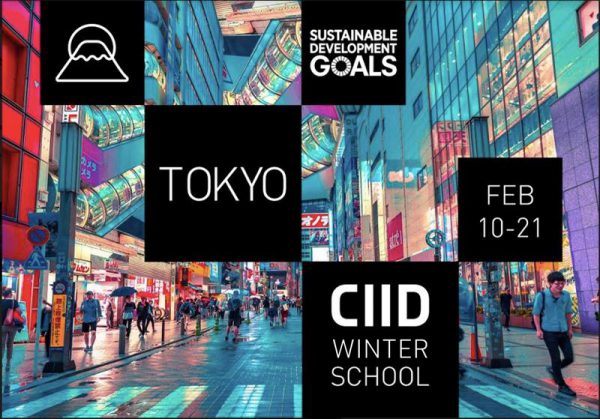
CIID Winter School Tokyo Report
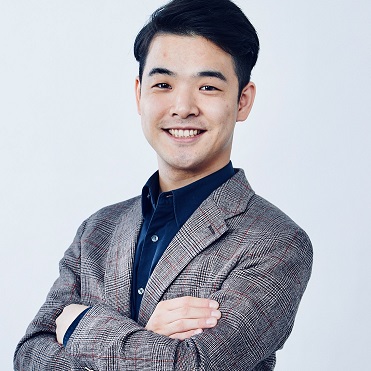
- プランナー
- 大塚深冬
※この記事は2020年4月にcococolorで掲載した記事「世界的に有名な「インクルーシブデザイン研修」に学んで」の英訳版です。日本語でお読みになられたい場合はこちらをクリックください※
・・・・・
In the middle of February, for the first time in its history, Copenhagen Institute of Interaction Design (CIID) held a winter school in Tokyo, Japan. I had an opportunity to learn “inclusive design”, and here is a summary of learnings from this world-famous, in-depth training.
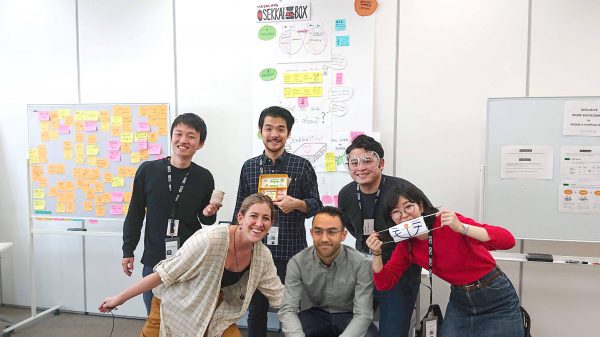
What Is CIID?
CIID, established in 2007, is a postgraduate school and consultancy based in Copenhagen, Denmark which focuses on the area of interaction design. They are known for the integrated structure of design and for their environment that encompasses world-renowned education, a cutting edge research group, an award-winning consultancy and a startup incubator.
“Design for Impact and Inclusion”
Out of the eight courses taught during this winter school, I took “Design for Impact and Inclusion,” a course which aims to help build skills to design inclusively, ethically, and with focus on sustainable impact. (Click here for more information.)
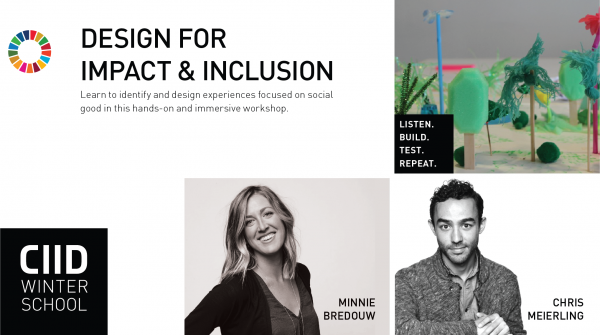
The course was led by two experienced instructors, and total 18 students assembled from various backgrounds, such as marketing companies, makers, publishers, hospitals and even educational institutions. The course included lectures, discussions, fieldwork, peer interviews, research, concept development, prototype creation, presentations and reflections. Additionally, this course was the only course at this winter school that closely collaborated with Dentsu Diversity Lab (DDL), and cococolor’s Chief Manager, Tak Hayashi, gave a lecture focused on Inclusive Marketing and a office tour as a part of this five-day program.
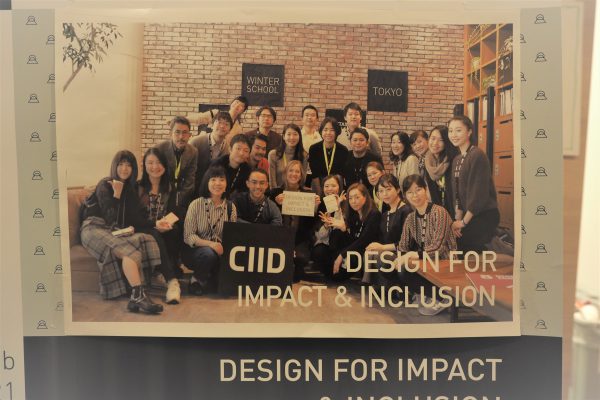
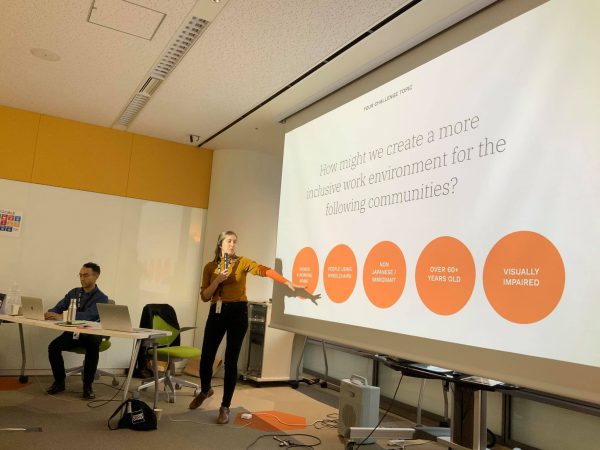
The challenge of the course was to answer and create prototypes for this simple question, “How might we create a more inclusive work environment?”. Throughout the week, we all learned, shared opinions and ideas, and created on this question, repeatably. At the end of the week, the students got to know each other so well that we created an online group chat, where we continued discussions even after the school.
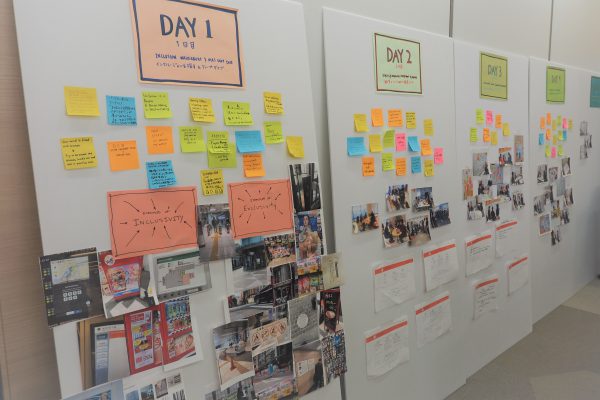
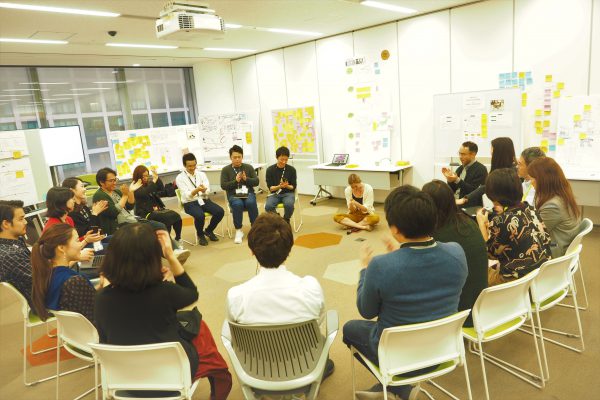
Define Inclusive Design
So, what is inclusive design? Here is the definition we were given in class;
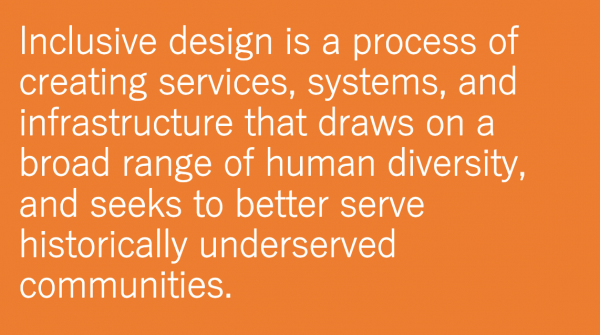
The key of the definition above, I believe, is the following two words, “process” and “historically underserved communities”.
My understanding on this definition is that in the world where various differences exist, such as gender, ethnicity, physical ability, socio economic and more, inclusive design is a continuous approach of discovering ways to celebrate the differences and ways of co-existence for all, but especially for those with unfulfilled potentials.
Here are some other descriptions of inclusive design that will help you understand more of inclusive design.
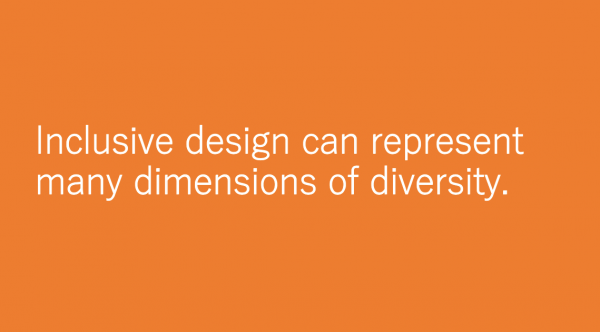
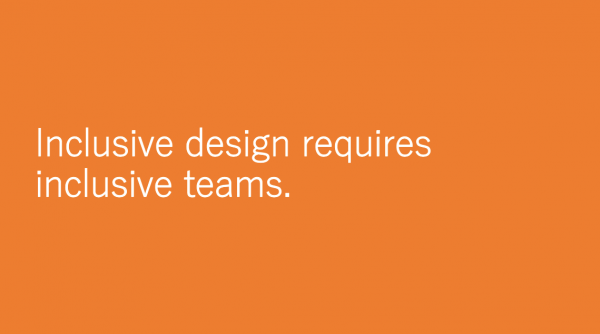
Universal Design or Inclusive Design
You might be wondering the difference between universal design and inclusive design. While universal design normalizes differences and seeks to develop products and services that are used by as many people as possible, inclusive design, on the other hand, acknowledges differences and seeks to proactively develop products and services with and for diverse communities that are traditionally underrepresented.
Understanding Our Biases
As we understand and apply inclusive design, bias takes a very important role, and here is why.
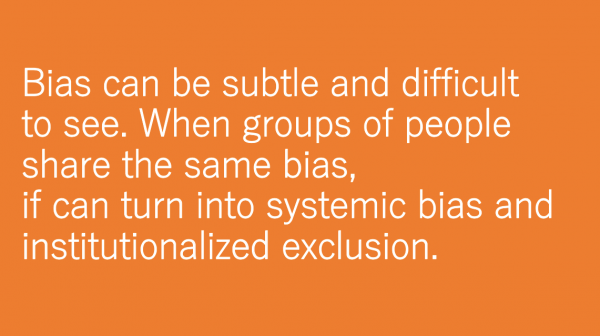
We learned that bias has its roots in how our brains are wired, and spent hours carefully examining actual cases that biases turned into exclusiveness in our societies. Important thing about bias is that bias itself is neither good nor bad; it can be good and bad. In other words, bias is not something we overcome or defeat. Therefore, it is essential for designers to acknowledge and check as their own biases might come into play, and to prevent biases from exclusion.
“You’re All Designers.”
On the very first day, the faculty told us that we are all designers regardless of prior experience or certificate in design. Without any professional designing experiences, I had never thought of myself as a designer, and I do not think I was the only one in the class. The one important lesson from the week is to be aware of that I am, too, a designer whenever and whatever I design, and that I am responsible to do it inclusively.
Design Our Future, Inclusively.
With the current shifts in many dimensions of our daily lives world-widely, the presence of diversity and the practice of inclusion have never been more challenging yet more critical, and so has the need for inclusive design. As we pursue ways to co-exist in this time called new normal, I believe that the learnings from this experience is not for someday far in the future, but the near future and today.

※本記事は「世界的に有名な「インクルーシブデザイン研修」に学んで」の英訳版です。元の日本語記事はこちらをお読みください。
注目のキーワード
関連ワード
-

こども食堂Kodomo Shokudou
地域住民や自治体が主体となり、無料または低価格帯で子どもたちに食事を提供する場。「子どもたちへの食事提供の場」としてだけではなく、高齢者や共働きの家族などが集まって食事をとることも可能で、地域のコミュニ…詳しく知る
-

ポテンシャルドライブPotential Drive
これからの働くを考える企業横断プロジェクトチーム「ワークリードプロジェクト」が提唱する、これからの時代にあるべき”働く”を考え、作り上げていくための指針としての概念。 「ひとりひとりが秘めたポテンシャルを最…詳しく知る
-

ブロックチェーンBlockchain
インターネットを通じて情報やデータが場所や時間を問わず瞬時に伝達・交換できるのと同様に、金融資産をはじめとするあらゆる「価値」資産の交換が瞬時に実行できるシステム「価値のインターネット」を実現するための…詳しく知る
関連記事
この人の記事
-
6 Dec. 2020
離れていても、側にいる。~革新的な遠隔VR技術が近づける距離と心~

- プランナー
- 大塚深冬
INTERVIEW, PROJECT, 医療×ダイバーシティ, TMD, インクルーシブ・デザイン, コミュニケーション, テクノロジー, 企業, 障害,


